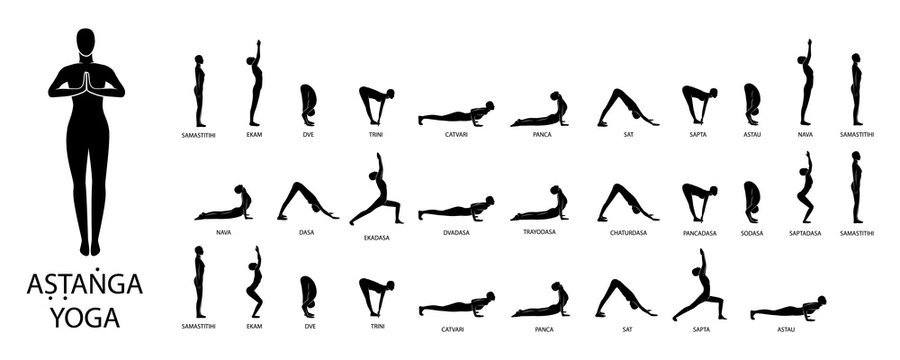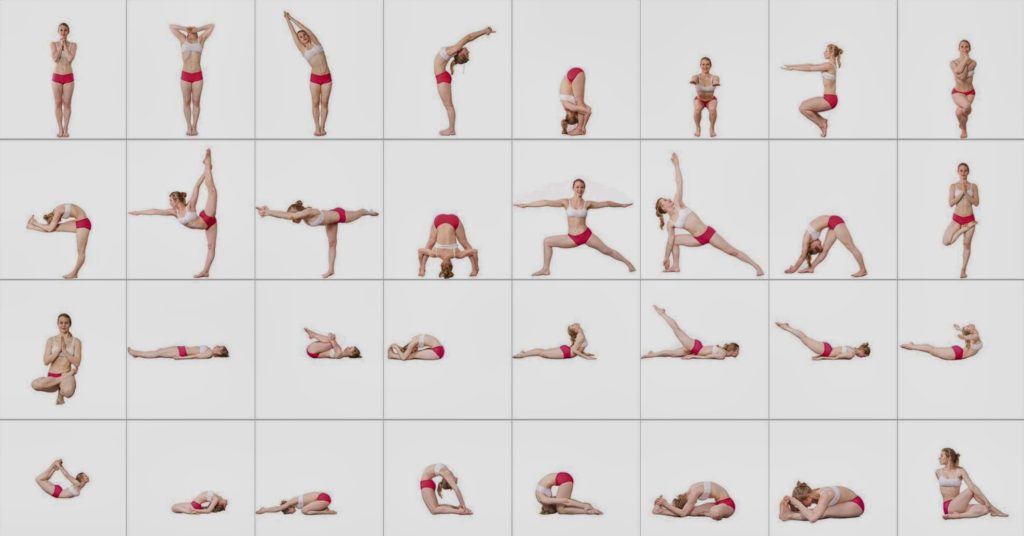How to Start Yoga?
What is Yoga?
Yoga is a comprehensive practice that started in old India and has been around for millennia. A training consolidates actual stances, breathing activities, reflection, and unwinding procedures fully intent on uniting the psyche, body, and soul in an agreeable way. “Yoga” comes from the Sanskrit word “yuj” and that means to join together or join. The act of yoga is intended to assist people with accomplishing a feeling of inward harmony, equilibrium, and congruity, while likewise advancing actual wellbeing and health. It is in many cases utilized as a device for stress the executives, mindfulness, and self-awareness.
Types of Yoga

Hatha Yoga: Hatha yoga is a general term that refers to any type of yoga that focuses on physical postures or asanas. It is often considered to be a good starting point for beginners.

Vinyasa Yoga: Vinyasa yoga is a type of yoga that emphasizes flowing movements that are synchronized with the breath. It can be physically challenging and is often practiced in a heated room.

Ashtanga Yoga: Ashtanga yoga is a physically demanding type of yoga that involves a specific series of poses that are performed in a specific order. It is typically practiced in a heated room and can be quite challenging.

Bikram Yoga: Bikram yoga is a specific type of hot yoga that involves a series of 26 poses and two breathing exercises that are practiced in a room that is heated to 105 degrees Fahrenheit.
Kundalini Yoga: Kundalini yoga is a type of yoga that focuses on the release of energy that is said to be coiled at the base of the spine. It involves chanting, meditation, and breathing exercises.
Yin Yoga: Yin yoga is a slow-paced, meditative type of yoga that involves holding passive poses for several minutes at a time. It is designed to help increase flexibility and promote relaxation.
Restorative Yoga: Restorative yoga is a gentle, relaxing type of yoga that involves using props like blankets, bolsters, and blocks to support the body in passive poses. It is designed to help promote relaxation and reduce stress.
Iyengar Yoga: Iyengar yoga is a type of yoga that focuses on alignment and precision in the poses. It often uses props like blocks, straps, and blankets to help practitioners achieve proper alignment.
Jivamukti Yoga: Jivamukti yoga is a physically challenging type of yoga that incorporates music, chanting, and meditation. It is often practiced in a heated room.
Power Yoga: Power yoga is a fitness-based type of yoga that involves a series of physically demanding poses that are performed in a flowing, continuous sequence. It is designed to help build strength and stamina.
Benefits of Yoga
- Improves Flexibility: Yoga helps to increase flexibility and mobility by stretching muscles and joints.
- Reduces Stress: Practicing yoga regularly can reduce stress and anxiety by promoting relaxation and calming the nervous system.
- Improves Strength: Yoga is a weight-bearing exercise that helps to build and tone muscles, especially in the core, arms, and legs.
- Enhances Balance: Many yoga poses require balance, which can improve overall stability and reduce the risk of falls.
- Increases Energy and Vitality: Yoga can boost energy levels and improve overall vitality by increasing circulation, oxygenation, and metabolism.
- Improves Cardiovascular Health: Practicing yoga regularly can lower blood pressure, reduce inflammation, and improve heart health.
- Promotes Mental Clarity and Focus: Yoga encourages mindfulness and concentration, which can enhance mental clarity and focus.
- Helps with Chronic Pain: Yoga can help to alleviate chronic pain by improving joint flexibility and reducing muscle tension.
- Promotes Better Sleep: Practicing yoga before bedtime can help to improve sleep quality and promote relaxation.
- Supports Overall Health and Well-Being: Regular yoga practice can help to strengthen the immune system, reduce inflammation, and support overall health and well-being. Know more…
Complete details about Yoga click here..
FAQ’s
1 What is Yoga Good for?
Ans: Yoga is good for improving flexibility, strength, balance, reducing stress and anxiety, and promoting overall physical and mental well-being.
2 What is The Real Meaning of Yoga?
Ans: The real meaning of yoga goes beyond just the physical practice of poses or asanas. Yoga is a holistic practice that aims to unite the body, mind, and spirit. It involves various practices such as physical postures (asanas), breathing techniques (pranayama), meditation (dhyana), and ethical guidelines (yamas and niyamas).
3 Who is the father of yoga?
Ans: The ancient sage Patanjali is often referred to as the father of yoga. He is known for his famous text called “Yoga Sutras,” which is considered one of the foundational texts of yoga philosophy. The Yoga Sutras provide a framework for understanding the principles and practices of yoga, including the eight limbs of yoga (ashtanga yoga), which are ethical guidelines and physical, mental, and spiritual practices designed to lead one toward the ultimate goal of yoga – the state of self-realization or enlightenment. While Patanjali is credited with codifying the philosophy of yoga in his Yoga Sutras, the practice of yoga predates his work and has been evolving for thousands of years in India.
4 How to Start Yoga?
Ans: Find a qualified teacher, start with beginner-friendly classes, get comfortable clothes and a yoga mat, and commit to consistent practice.

